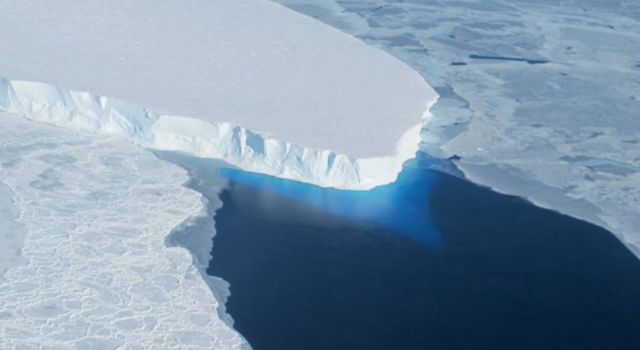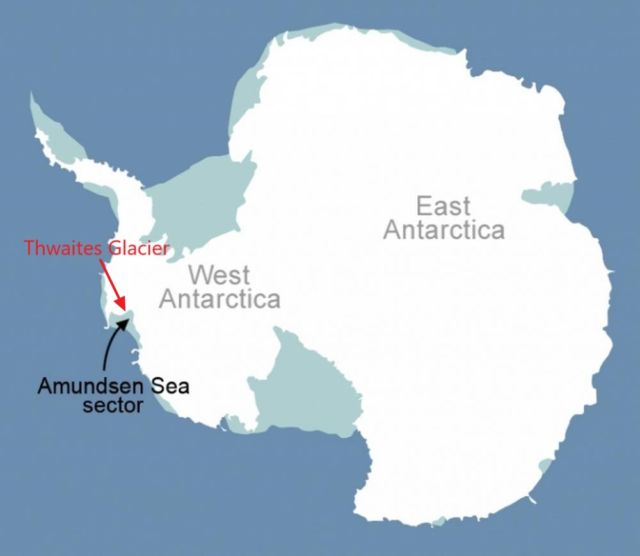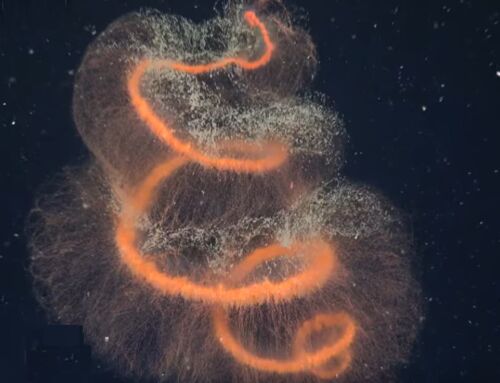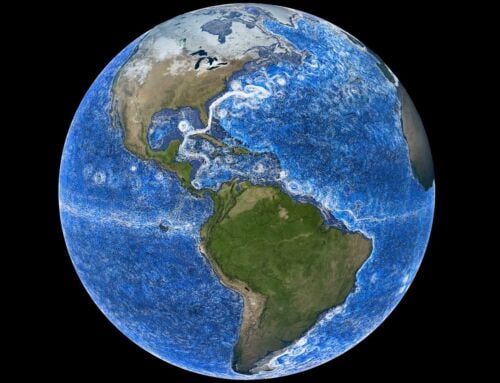NASA finds huge cavity, almost the size of Manhattan, in Antarctic glacier, signaling rapid decay.
A gigantic cavity — two-thirds the area of Manhattan and almost 1,000 feet (300 meters) tall — growing at the bottom of Thwaites Glacier in West Antarctica is one of several disturbing discoveries reported in a new NASA-led study of the disintegrating glacier.
Above, Thwaites Glacier. Image credit: NASA
Researchers expected to find some gaps between ice and bedrock at Thwaites’ bottom where ocean water could flow in and melt the glacier from below. The size and explosive growth rate of the newfound hole, however, surprised them. It’s big enough to have contained 14 billion tons of ice, and most of that ice melted over the last three years.
Eric Rignot of the University of California, Irvine, and NASA’s Jet Propulsion Laboratory in Pasadena, California. Rignot is a co-author of the new study, which was published today in Science Advances, said:
“We have suspected for years that Thwaites was not tightly attached to the bedrock beneath it. Thanks to a new generation of satellites, we can finally see the detail.”
Map of Antarctica showing Amundsen Sea. Credit NASA
The findings highlight the need for detailed observations of Antarctic glaciers’ undersides in calculating how fast global sea levels will rise in response to climate change.
source NASA







Leave A Comment